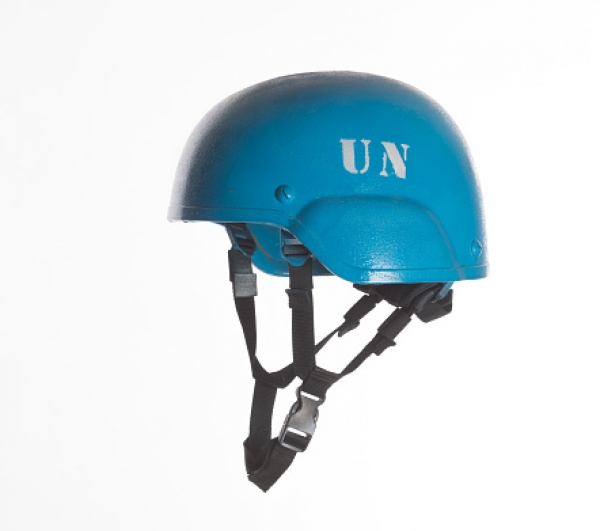The Center for Civilians in Conflict sheds light on the protection of civilians. In fact, the Center was founded as the Campaign for Innocent Victims in Conflict (CIVIC). It supports communities affected by armed conflicts in the effort to protect and strengthen the capacity of armed actors to prevent and respond to civilian suffering. Accordingly, the 2021 New Report filed by the UN Special Committee on Peacekeeping Operations (C-34) aims to focus on the progress, limitations, obstacles to the prevention of conflict-related sexual violence (CRSV) and, the impact of Covid-19 with regards to the protection of civilians (POC).
The C-34 is composed of peacekeeping troops, police, and financial contributors. It was established by the UN General Assembly in 1965. At that time, it comprised 34 members, which increased to more than 100. The Committee has no binding authority over concrete decisions to request. However, it can express its understanding of peacekeeping capabilities. Accordingly, although some Member States do not see the report as the main vehicle to the peacekeeping, others conceive the C-34 Report as the landmark for direction when developing peacekeeping policies, practice, and training.
Under these circumstances, the revised POC language may have a positive impact on how the peacekeeping operations implement their mandates. The advanced language for the POC has developed in multiple areas such as early warning, civilian harm mitigation, peacekeeper training, and community engagement. Firstly, the Committee draws attention to the use of mechanisms to identify early warnings of threats to civilians and provide a rapid response. It also recognizes the need to record and analyze mission rates of response to confirmed threats. Secondly, the C-34 reiterates its recommendation “to mitigate the risk to civilians before, during and after any military or police operation” and encourages them to develop the capabilities they need to carry out this POC task. Thirdly, the Committee improved mission training for personnel on POC in the Comprehensive POC (CPOC) manual. Lastly, the C-34 also suggests shedding some light on the needs of civilians in terms of POC analysis and planning.
In spite of these significant advances, limitations and obstacles emerge. The limitation concerns an existing imbalance because Member States prefer to address the Secretariat rather than committing to support certain recommendations. Consequently, the number of requests for the Secretariat is considerably higher than the calls for the Member States to act. Particularly, the Secretariat received 15 to 21 requests in 2021; compared to just four explicit requests from the Member States. As a result, this imbalance prevents the Member States from requesting measures to better align their mandates and resources. A major obstacle is that the C-34 is unwilling to agree on strengthening the language on CRSV, despite linguistic advances in other areas. Unfortunately, several Member States do not agree to take a step forward with the language due to a narrow understanding of which type of violence must be persecuted. As a result, the lack of progress in developing the language may lead the implementation of the Women, Peace and Security Agenda to stagnate.
While there are downsides, it is pertinent to note that the C-34 has not issued any reports in previous years. The 2020, nonetheless, represents a breakthrough since the C-34 agreed on an entirely revamped structure and content for the report organized along with Action for Peacekeeping (A4P) priorities. In sum, despite these challenges, if C-34 annual reports serve as a means of achieving progress in the protection of civilians, the pandemic certainly encouraged virtual meetings to reach an agreement on the final report. In this vein, it is clear that the delegation showed a commitment to unity in peacekeeping policy.
To know more, please read:
https://civiliansinconflict.org/blog/2021-c34-report/
https://civiliansinconflict.org/approach/
Author: Valentina Di Carlantonio







